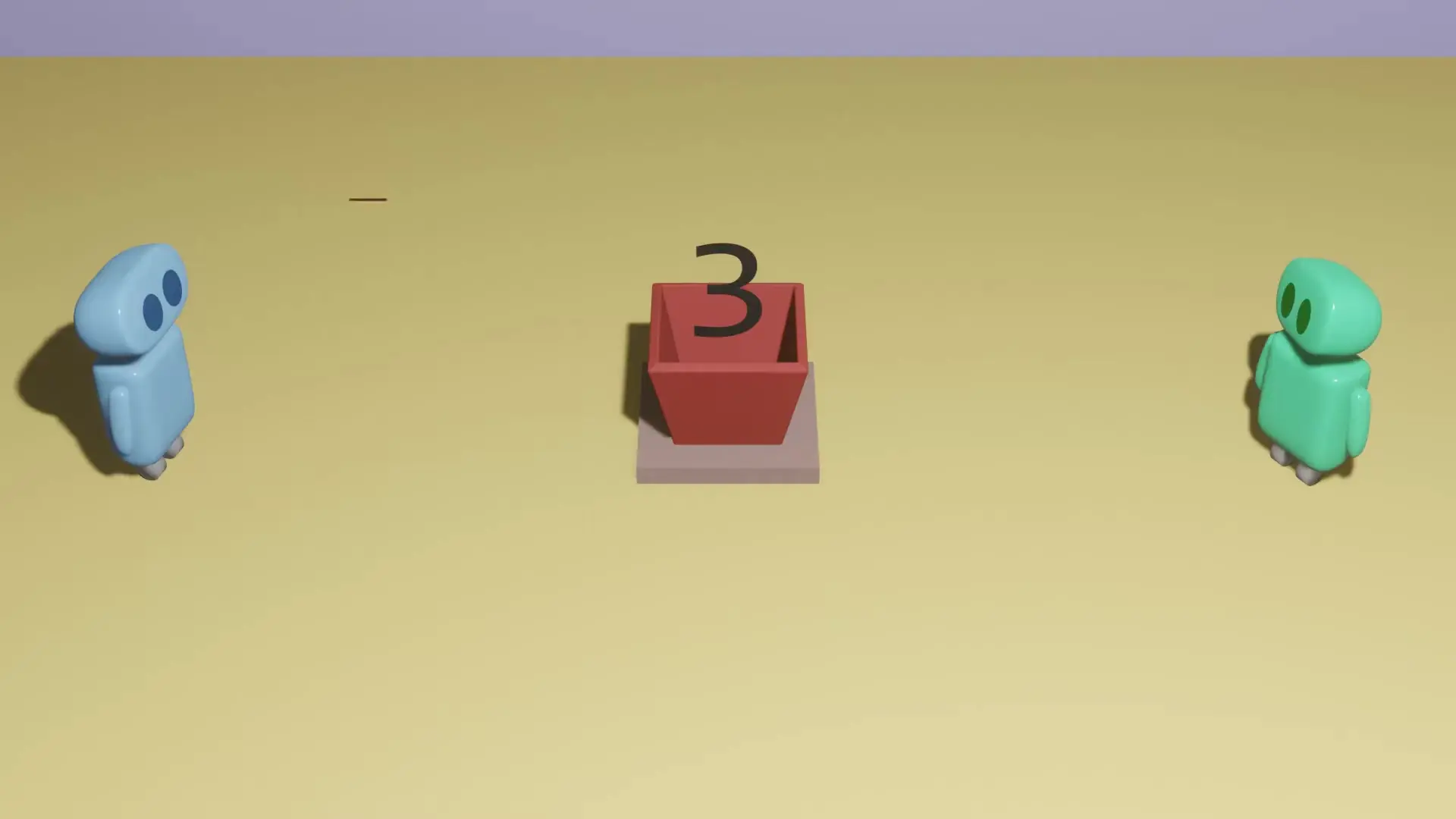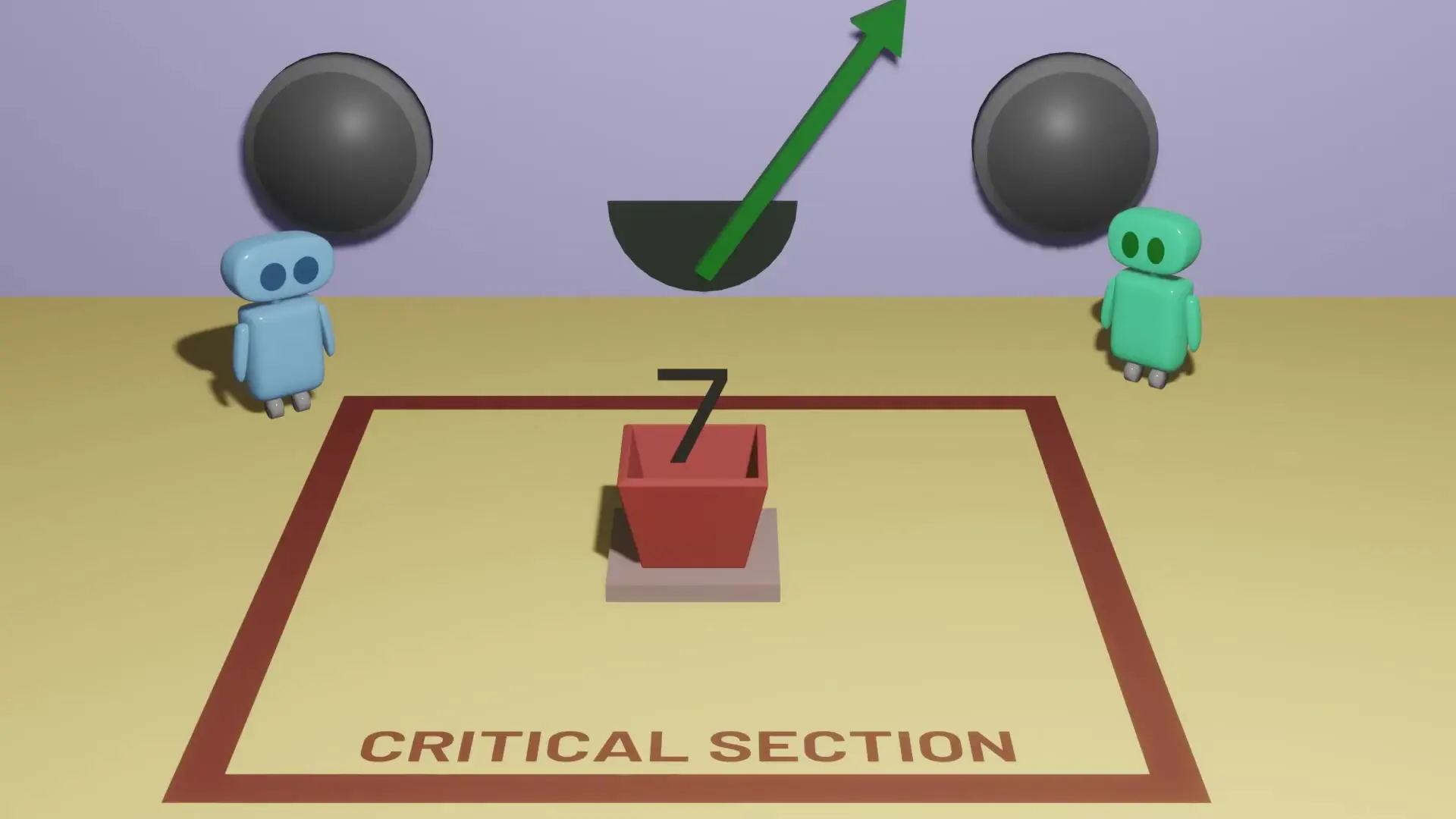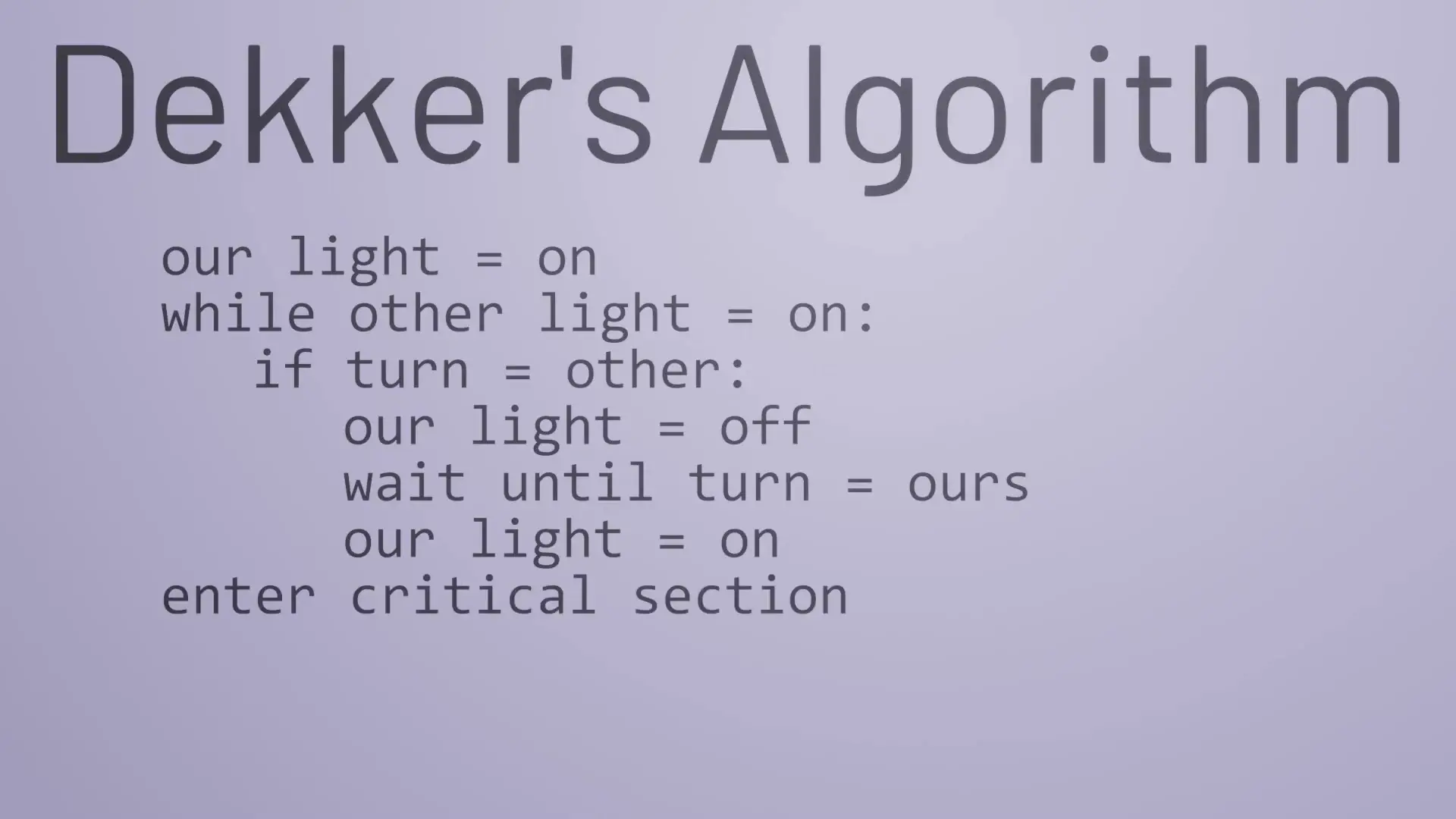
In the world of concurrent programming, race conditions represent one of the most challenging problems developers face. These subtle bugs can cause unpredictable behavior, data corruption, and security vulnerabilities when multiple programs or threads attempt to access shared resources simultaneously. Understanding what causes a race condition and implementing effective race condition prevention strategies is essential for building reliable software systems.
What Is a Race Condition?
A race condition occurs when two or more processes access shared data concurrently, and the final outcome depends on the specific order in which the processes execute. This unpredictability can lead to data inconsistency and is particularly problematic in critical systems where accuracy is paramount.

Consider a simple example: two programs both need to increment a shared counter. Each program reads the current value, adds one to it, and writes the new value back. If both programs execute these steps concurrently without coordination, they might both read the original value, calculate their increments independently, and then overwrite each other's results. Instead of increasing the counter by two, it only increases by one - creating a race condition.
The Challenges of Concurrent Resource Access
Race conditions aren't just programming inconveniences - they can lead to serious security vulnerabilities. Race condition attacks exploit the timing vulnerabilities in systems, potentially allowing attackers to bypass security controls or gain unauthorized access. Effective race condition prevention is therefore not only about ensuring program correctness but also about maintaining system security.
To solve these problems, we need mechanisms that ensure only one program at a time can access a particular region of code - what's commonly called the "critical section." This is the essence of mutual exclusion, a fundamental concept in concurrent programming.
Simple Turn-Taking: An Insufficient Solution
A naive approach to prevent race conditions might involve forcing programs to take turns accessing the critical section. We could implement a turn indicator that points to whichever program is allowed to enter the critical section next.
While this approach ensures mutual exclusion, it's inefficient. If one program needs to access the critical section frequently while the other rarely needs access, the first program must still wait for its turn even when the second program has no immediate need for the resource. This leads to unnecessary waiting and reduced performance.
Introducing Dekker's Algorithm for Race Condition Prevention
Dekker's algorithm, one of the first solutions to the mutual exclusion problem, provides an elegant way to prevent race conditions without requiring special hardware support. It uses three key components to coordinate access to the critical section:
- Signal flags (one for each program) to indicate intent to enter the critical section
- A turn indicator to resolve potential deadlocks
- A protocol for programs to follow when entering and exiting the critical section

How Dekker's Algorithm Works
The core mechanism of Dekker's algorithm involves each program signaling its intent before attempting to enter the critical section. Here's how it operates:
- When a program wants to enter the critical section, it first turns on its signal light.
- It then checks if the other program's signal light is on.
- If the other program's light is off, the program can safely enter the critical section.
- If the other program's light is on (indicating both programs want access), the turn indicator determines who goes first.
- The program whose turn it isn't turns off its signal light, waits for its turn, then turns its signal light back on.
- After finishing in the critical section, the program toggles the turn indicator and turns off its signal light.
Preventing Deadlocks
A key challenge in concurrent programming is avoiding deadlocks - situations where programs are permanently blocked waiting for each other. Dekker's algorithm prevents deadlocks through its turn indicator mechanism. When both programs signal their intent to enter the critical section simultaneously, the turn indicator breaks the tie by determining which program must temporarily back off.
Implementing Dekker's Algorithm
Let's examine a pseudocode implementation of Dekker's algorithm to better understand how it prevents race conditions:

// Shared variables
boolean flag[2] = {false, false}; // Signal lights for each program
int turn = 0; // Indicates whose turn it is (0 or 1)
// Process 0
void process0() {
flag[0] = true; // Signal intent to enter critical section
while (flag[1]) { // While the other process wants to enter
if (turn != 0) { // If it's not our turn
flag[0] = false; // Turn off our signal
while (turn != 0) { /* wait */ } // Wait for our turn
flag[0] = true; // Signal intent again
}
}
// Critical section begins
// ... access shared resources ...
// Critical section ends
turn = 1; // Give turn to the other process
flag[0] = false; // Turn off our signal
}
// Process 1 (similar logic with indices swapped)
void process1() {
flag[1] = true;
while (flag[0]) {
if (turn != 1) {
flag[1] = false;
while (turn != 1) { /* wait */ }
flag[1] = true;
}
}
// Critical section begins
// ... access shared resources ...
// Critical section ends
turn = 0;
flag[1] = false;
}Advantages of Dekker's Algorithm for Race Condition Prevention
- Ensures mutual exclusion without requiring special hardware support
- Prevents deadlocks through its turn-based conflict resolution
- Allows programs to access the critical section when needed (not just in turns)
- Provides fairness by preventing one program from monopolizing the critical section
- Creates a foundation for understanding more complex synchronization mechanisms
Limitations and Modern Alternatives
While Dekker's algorithm is an elegant solution for race condition prevention between two processes, it has limitations. It doesn't scale well to more than two processes, and modern systems typically use more efficient synchronization primitives provided by operating systems and programming languages, such as:
- Mutexes and semaphores for controlling access to shared resources
- Atomic operations that execute without interruption
- Lock-free data structures designed for concurrent access
- Higher-level concurrency frameworks that abstract away the details of synchronization
Best Practices for Race Condition Prevention
Beyond understanding algorithms like Dekker's, developers should follow these best practices to avoid race conditions and prevent race condition attacks in their code:
- Identify all critical sections in your code where shared resources are accessed
- Use appropriate synchronization mechanisms provided by your programming language
- Minimize the size and duration of critical sections to reduce contention
- Consider using immutable data structures where possible to eliminate the need for synchronization
- Implement thorough testing specifically designed to detect race conditions
- Use static analysis tools that can identify potential race condition vulnerabilities
- Review code with concurrency in mind, looking specifically for race condition vulnerabilities
Conclusion: The Importance of Understanding Race Conditions
Dekker's algorithm provides valuable insights into the challenges of concurrent programming and the elegant solutions that can be developed to address them. While modern systems may use different mechanisms for race condition prevention, the fundamental principles remain the same: coordinating access to shared resources, preventing deadlocks, and ensuring program correctness.
By understanding what causes a race condition and how to prevent race condition attacks, developers can build more robust, secure, and reliable software systems. Whether you're working with low-level system code or high-level applications, the ability to identify and address potential race conditions is an essential skill in today's concurrent computing environment.
Let's Watch!
Dekker's Algorithm: Preventing Race Conditions in Concurrent Programming
Ready to enhance your neural network?
Access our quantum knowledge cores and upgrade your programming abilities.
Initialize Training Sequence